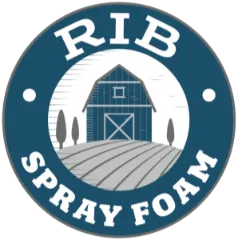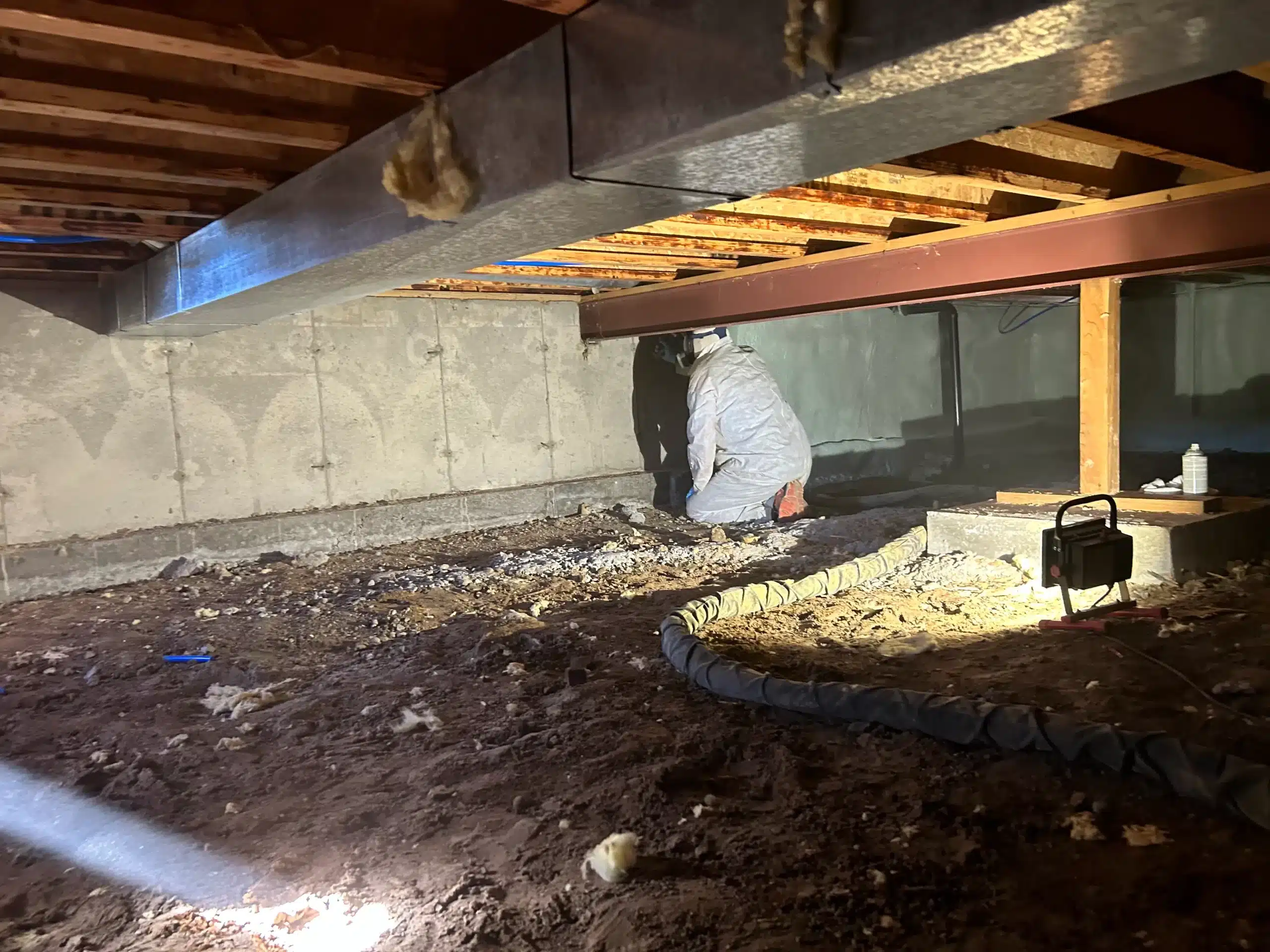Moisture intrusion in crawl spaces causes long-term structural and air quality problems in Westminster homes. The key solution is full-area sealing and insulation using closed cell spray foam. This method restricts vapor transmission, eliminates condensation, and maintains stable interior conditions year-round.
Unlike temporary fixes such as plastic liners or fans, closed cell spray foam forms a permanent air and moisture barrier. It adheres directly to subflooring, rim joists, and wall surfaces, providing unified protection against external humidity and internal temperature shifts.
Rib Spray Foam Company brings direct field experience across northern Colorado’s diverse climate zones, including areas with freeze-thaw cycles and high summer humidity. Knowledge of soil vapor dynamics, seasonal groundwater movement, and common subfloor material issues drives the installation process.
Why Moisture in Crawl Spaces Demands Immediate Action
Prolonged crawl space moisture leads to wood rot, insulation failure, and indoor air contamination. Mold spores and airborne allergens commonly enter living spaces through unsealed flooring gaps. Structural damage follows when wood components retain high moisture content for extended periods.
Bonus Tip: Homes with hardwood or engineered wood flooring above crawl spaces show early signs of damage from trapped humidity, such as cupping or surface warping. Installing crawl spaces spray foam can help control moisture levels, protecting your flooring and improving overall energy efficiency.
Causes and Patterns of Crawl Space Moisture in Westminster
Moisture enters crawl spaces in the region through a combination of external and internal sources:
- Groundwater vapor rising through uncovered soil
- Rainwater runoff entering through vent openings
- Interior air condensation during winter and spring freeze cycles
These factors are amplified in Westminster due to clay-heavy soils, older foundation designs, and fluctuating temperatures.
Spray Foam vs. Other Moisture Control Methods
| Moisture Control Method | Barrier Type | Longevity | Vapor Retardation | Air Sealing | Maintenance Required |
|---|---|---|---|---|---|
| Closed Cell Spray Foam | Rigid, spray-applied | 25+ years | High | Full | Low |
| Plastic Vapor Barrier (Liner) | Sheet on ground | 5-10 years | Moderate | Partial | Medium |
| Vented Crawl Space | Passive airflow | Variable | Low | None | High |
| Dehumidifier Only | Electrical unit | 3-8 years | None | None | High |
Bonus Tip: Spray foam performance is unaffected by high humidity. Sheet barriers often fail after ground moisture degrades adhesion or rodents puncture the surface.

Key Technical Specs of Closed Cell Spray Foam
| Property | Specification |
|---|---|
| R-Value per Inch | R-6.5 to R-7.0 |
| Water Vapor Permeance | Less than 1.0 perm (Class II vapor retarder) |
| Application Thickness | Typically 2 inches on crawl walls and subfloors |
| Structural Bond | High adhesion to wood, concrete, and metal |
| Mold Resistance | Does not support microbial growth |
Source: Building Science Corporation and ICC-ES Reports (ESR-3162)
Factors to Review Before Choosing a Moisture Control Solution
- Foundation Age and Type: Older homes with stone or unsealed block foundations absorb more water vapor.
- Drainage and Grade: Sloped terrain or downspout placement often leads to water pooling near foundation walls.
- Ventilation Layout: Cross-ventilation may not be effective in high-humidity areas.
- Existing Insulation: Fiberglass insulation in crawl spaces typically traps moisture and needs full removal.
Bonus Tip: Look for signs of existing pest tunnels or burrow holes in the crawl space. These often compromise liner-based vapor barriers.
Rib Spray Foam Company Offers Targeted Solutions for Crawl Space Protection
- Closed Cell Spray Foam: Rigid moisture barrier that insulates and seals crawl space surfaces.
- Crawl Space Spray Foam: Full coverage application including rim joists, subfloor, and stem walls.
- Residential Spray Foam: Solutions tailored to existing homes with crawl spaces or basements.
- New Construction Spray Foam: Integrated insulation and moisture control from the foundation stage.
Before You Choose Your Solution, Ask These Questions
- What level of humidity is present in your crawl space year-round?
- Are there visible signs of mold, condensation, or structural deterioration?
- Is your existing insulation damaged or sagging?
- Have previous moisture control methods failed?
These questions help determine whether a full barrier approach like spray foam is necessary or if minor interventions may suffice.
What Homeowners Commonly Ask Before Committing
How long does spray foam last in crawl spaces?
Closed cell spray foam typically maintains its structural and insulation performance for over 25 years under stable conditions.
Can I insulate only part of the crawl space?
Partial insulation often leaves gaps for moisture entry. Full encapsulation ensures consistent performance.
Will spray foam seal off pests?
Spray foam blocks common entry points for rodents and insects, especially at rim joists and sill plates.
Can spray foam be applied over wet surfaces?
Surfaces must be dry during application to ensure proper adhesion and long-term durability.
Plan Long-Term Protection
Preventing crawl space moisture damage requires a lasting solution that addresses both insulation and vapor control. Closed cell spray foam outperforms passive systems by forming a single, sealed barrier across vulnerable areas. Local conditions in Westminster, including seasonal humidity swings and soil saturation levels, increase the need for a durable, sealed solution.
Contact Rib Spray Foam Company for Crawl Space Solutions
Rib Spray Foam Company specializes in closed cell insulation for high-risk moisture zones. For more information, contact [email protected] or call (970) 518-2883 to speak with a technician about site-specific solutions. Our focus is durability, long-term performance, and job-site precision.
Questions That Arise After Installing Spray Foam in Crawl Spaces
Does spray foam require regular inspection?
Periodic visual checks every 3-5 years are advised, especially after extreme weather events.
Can plumbing or wiring be added after foam is installed?
Yes, though new openings must be sealed post-installation to maintain the barrier.
Does spray foam affect indoor air quality?
Once cured, spray foam remains inert and does not emit VOCs into indoor air.
How should existing fiberglass be removed before application?
Fiberglass should be fully extracted and the area cleaned to ensure spray foam bonds directly to the substrate.
What happens if groundwater floods the crawl space?
Spray foam remains bonded but any standing water must be pumped and drainage reviewed to prevent recurrence.



